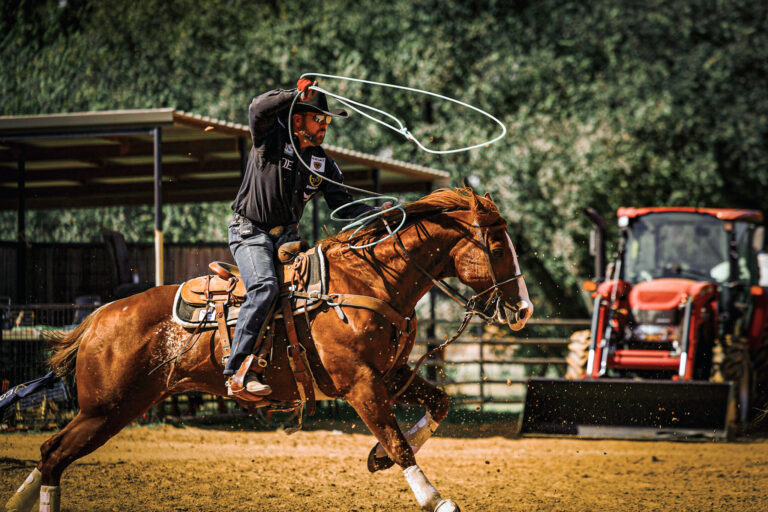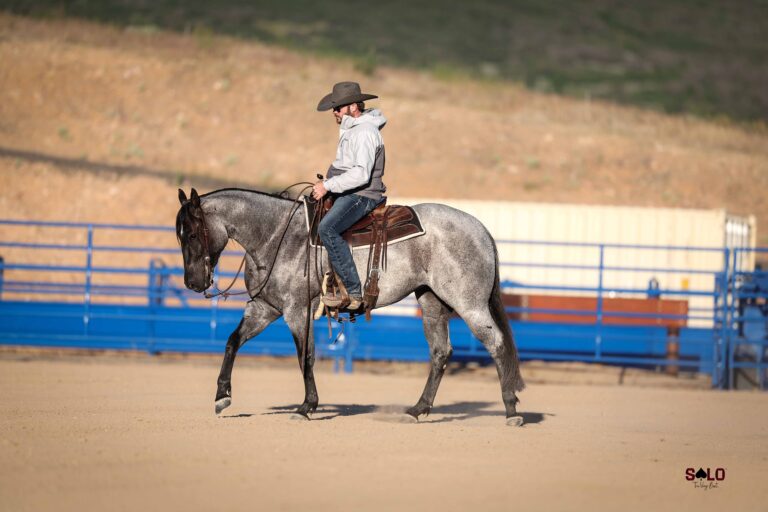Question: What does Trevor Brazile think about spurs and how to use them, and what kind does he use? — Jase Staudt, Saguache, Colorado
Answer: I’ll start off by saying there are people who don’t need to wear spurs. They are a great tool when used correctly. And some horses obviously take to them better than others.
But I’ve never ridden a horse without spurs. I’ve ridden a horse without using spurs, but I’ve always had them on. I feel like there are a lot of people who cling to their horse with their riding style, and it looks like the spur is always in contact. Instead of putting weight on the stirrup, they wrap their legs around a horse. People who ride like that don’t have any business wearing spurs. It won’t be good for them or their horse.
[Related: The State of the Rope Horse Market with Trevor Brazile]
With all that considered, when using spurs, the object is to be able to use them less. You’re not desensitizing a horse to them so you can kick at will. You want to give your first cue with your calf, and if that cue is ignored or not taken, then you reinforce it with lifting the spur. When lifting the horse or moving him over, I’ll do more rolling, whether that’s laterally or into the bridle. As far as facing or in the box, I try to keep it just subtle. If my horse doesn’t take the pressure of my calves, I push until I get the result and, then, I release. You have to have a release. If the horse gets off your spur, you’ve got to take it out immediately so that he’ll have a release or there’s never a reward for listening to the command of the spur. That’s the starting point for the rebellion if there’s never a release.
As for the type of rowels used, I think the spur itself usually does enough. I think people can get too sharp a rowel easier than they can get too dull a rowel. And usually, for people aren’t used to wearing spurs: the more points, the milder the spur and, generally speaking, the better to start with—with the exception of a rock grinder, and I never wear a rock grinder. If I’ve done my job, I don’t feel like I have much use for that. I don’t like a real heavy spur. But I’ve done a lot of other events besides team roping where you get off your horse and sweat, so I don’t like heavy spurs. I’m not a big fan of big bands or big shanks. I like quality steel that doesn’t need to be heavy to be unbendable.
One of my favorite spurs right now, most guys would call it a women’s cutter. But I think that’s kind of the reason I like that—the bands aren’t as big and I think it comes in a ¾-inch band and a 1-inch band. The width is a little bit narrower and it’s more practical for what I do—if I get on a calf horse in the practice pen, I don’t notice dragging it around all day. TRJ











